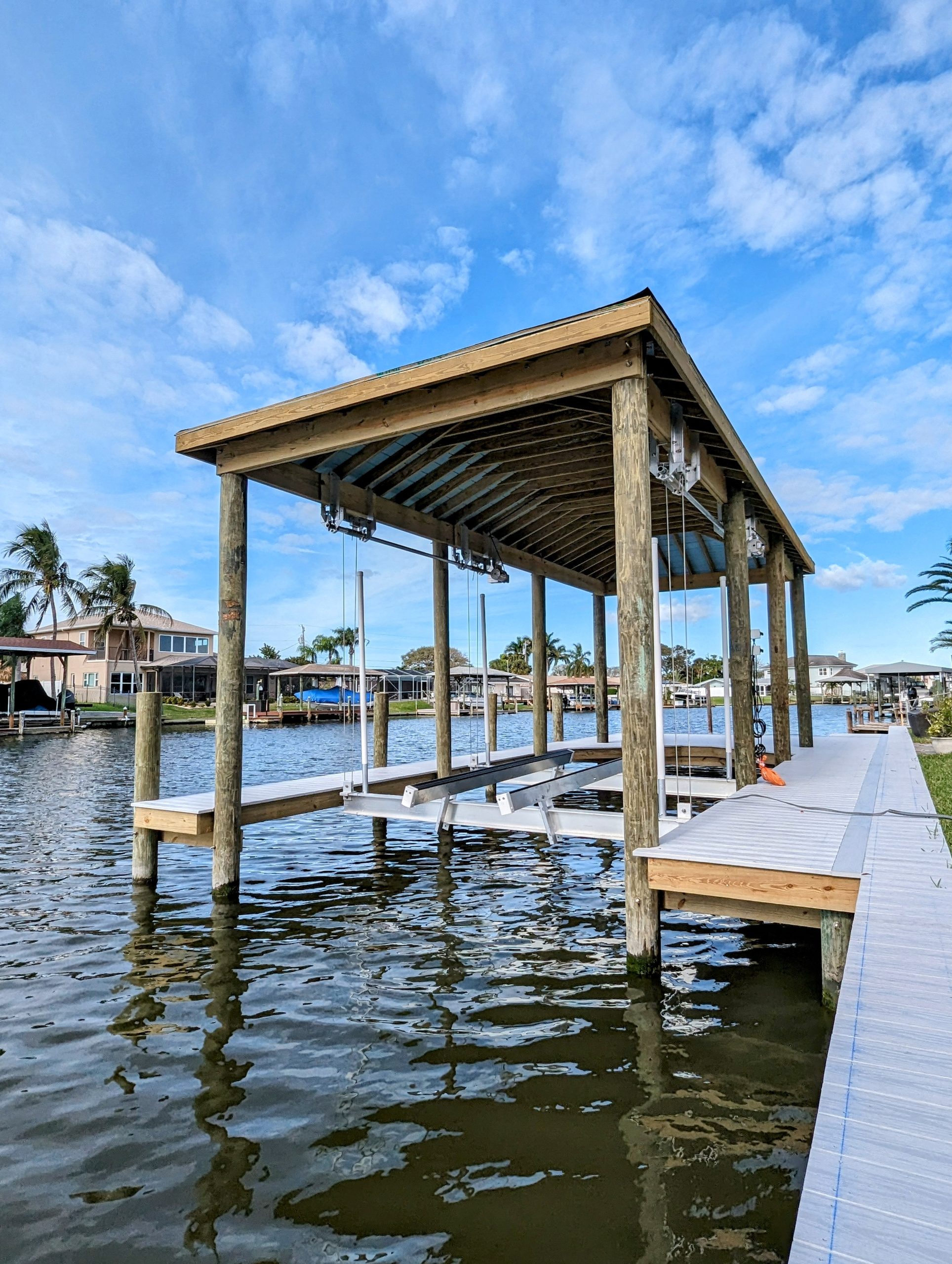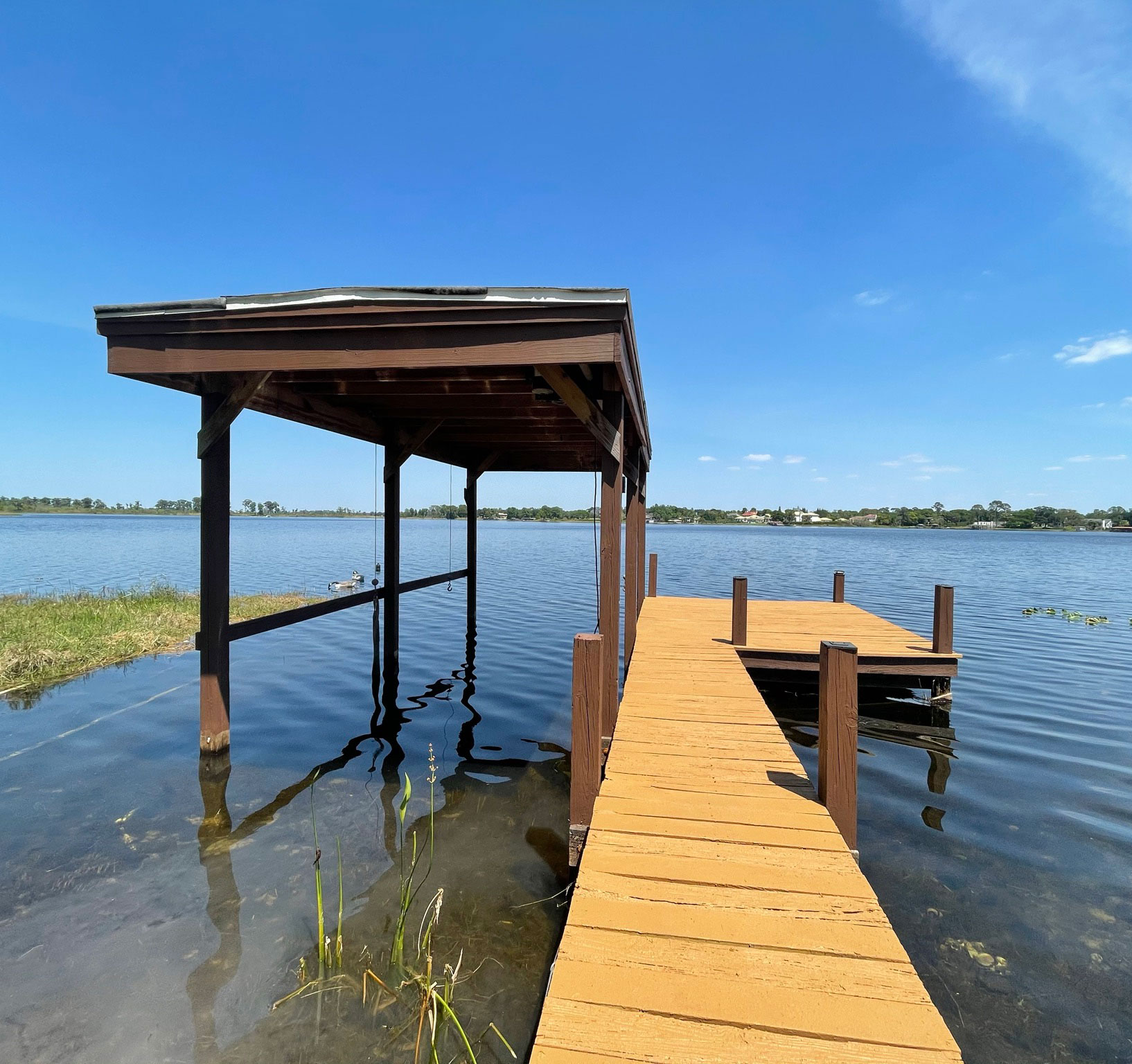Professional Insights on Resilient Dock Repairs Solutions
Professional Insights on Resilient Dock Repairs Solutions
Blog Article
Efficient Dock Repair Service Techniques: Making Certain Architectural Honesty
Ensuring the architectural honesty of anchors with efficient repair service strategies is paramount for the durability and safety of aquatic centers. This includes a multi-faceted technique starting with comprehensive examinations utilizing advanced modern technologies like sonar equipment and remotely operated cars (ROVs) to spot both visible and concealed damages. Consequently, choosing the right repair work products, such as composite materials and corrosion-resistant alloys, is important for sturdiness. Architectural support approaches, consisting of the application of cross-bracing systems and load-distribution plates, play an important role in mitigating stress and anxiety factors. However, the value of these methods becomes apparent when exploring advanced repair service methods and preventative upkeep techniques.
Examining Dock Damage
Analyzing dock damage is an important initial step in ensuring the structural stability and safety of any kind of docking center. This initial assessment entails a thorough assessment to recognize both noticeable and covert damages. Secret elements to examine consist of the dock's structure, pilings, outdoor decking, and equipment. Each part should be scrutinized for signs of wear, rot, rust, or various other kinds of destruction that could endanger the architectural stability.
Architectural designers or certified examiners typically perform these assessments utilizing specialized tools and techniques. For circumstances, undersea assessments may employ sonar equipment or remotely operated lorries (ROVs) to identify immersed damage. Over water, aesthetic assessments are enhanced by utilizing moisture meters and various other analysis tools to reveal underlying problems not right away noticeable to the nude eye.

Picking Repair Materials
Selecting the suitable repair materials is a critical step in the dock repair procedure, one that straight affects the durability and efficiency of the fixed structure. Material selection have to be driven by factors such as environmental problems, load-bearing requirements, and compatibility with existing dock elements.
Along with wood, composite products are progressively preferred due to their durability and reduced upkeep requirements. Composites, generally made from a blend of plastic and timber fibers, supply superb resistance to rot, bugs, and UV damage. For metal anchors, selecting corrosion-resistant alloys such as galvanized steel or marine-grade aluminum is necessary to stop corrosion and ensure architectural integrity in saline water conditions.
Epoxy resins and marine-grade sealers are vital for repairing fractures and sealing joints, giving a water resistant obstacle and improving the dock's total strength. By carefully picking top notch products, dock repair work can accomplish resilient outcomes, thus guarding against future degradation and making certain safe, reliable use.
Structural Reinforcement Methods
Effective structural reinforcement strategies are important in ensuring the security and longevity of dock fixings. This method is particularly effective for anchors revealed to heavy lots or extreme ecological problems.
Another important technique is the application of fiber-reinforced polymers (FRP) These products supply high strength-to-weight ratios and outstanding resistance to deterioration, making them suitable for enhancing wooden or concrete docks. FRP can be used in strips or sheets and adhered with epoxy resins to boost structural stability.
Bracing and anchoring systems additionally play a crucial role in architectural support. Cross-bracing, making use of metal or wooden beam of lights, can counteract lateral forces, lowering guiding and activity. Securing systems, such as helical piers or driven stacks, provide a steady structure by transferring lots to much deeper, much more stable dirt layers.
Finally, the combination of load-distribution plates can help disperse weight more this uniformly across the dock's surface area, mitigating local stress and anxiety factors. These techniques collectively make sure that anchors continue to be safe and robust, capable of standing up to the rigors of their operational setting.
Advanced Repair Techniques

Another advanced technique entails undersea welding, which enables fixings to be carried out without the requirement to dewater the location. This technique is especially useful for dealing with architectural concerns in immersed dock parts, making sure minimal interruption to procedures. Enhanced welding techniques, coupled with robotic systems, supply precision and dependability, thereby extending the life-span of the dock.
Additionally, cathodic defense systems are implemented to avoid rust in metallic dock structures. By utilizing sacrificial anodes or amazed present systems, these methods effectively alleviate the electrochemical procedures that cause product deterioration.
Last but not least, progressed tracking innovations, such as architectural health tracking (SHM) systems, provide real-time data on the condition of dock structures. These systems make it possible for positive upkeep and prompt look at here interventions, inevitably making sure the long-term architectural honesty of the dock.
Upkeep and Avoidance
Maintenance and prevention are fundamental ideas that underpin the durability and security of dock frameworks. Normal evaluations are critical, permitting very early detection of damage, potential weaknesses, and ecological impacts. An aggressive strategy, including routine checks for rust, rot, and architectural shifts, alleviates costly repair work and extends the dock's operational life.
Safety nets need to consist of applying safety coatings to metal elements to secure against corrosion and making use of cured timber to stand up to degeneration. Furthermore, ensuring correct drain and ventilation can avoid water buildup, which is a common root cause of architectural deterioration. Incorporating high quality products and adhering to producer standards throughout building and construction and repair service phases also play crucial duties in boosting longevity.

Training personnel in dock maintenance best methods makes sure constant application of preventative steps. Leveraging technical advancements, such as drones for inspections and sensing units for real-time tracking, can better enhance maintenance efforts. By prioritizing upkeep and prevention, dock owners can make sure structural honesty, functional safety and security, and economical management over the dock's lifespan.
Conclusion
Finally, preserving the architectural integrity of aquatic centers requires thorough dock repair service techniques. Extensive assessments using sophisticated devices uncover both visible and hid problems, while the choice of proper fixing materials enhances resilience. Applying structural support approaches addresses tension factors effectively. Advanced fixing techniques, coupled with normal upkeep practices, ensure the dock stays safe and operational under diverse environmental problems. Embracing these approaches considerably prolongs the life expectancy and performance of marine framework.
Guaranteeing the architectural honesty of anchors through reliable repair work techniques is paramount for the long life and security of marine facilities.Picking the suitable repair work products is a pivotal action in the dock reconstruction process, one that straight affects the long life and efficiency of the repaired structure.Effective architectural reinforcement strategies are crucial in making sure the security and go to my blog durability of dock repairs. By prioritizing upkeep and prevention, dock owners can guarantee structural integrity, functional safety, and cost-efficient administration over the dock's lifespan.
In verdict, keeping the architectural integrity of aquatic facilities requires comprehensive dock repair work methods.
Report this page